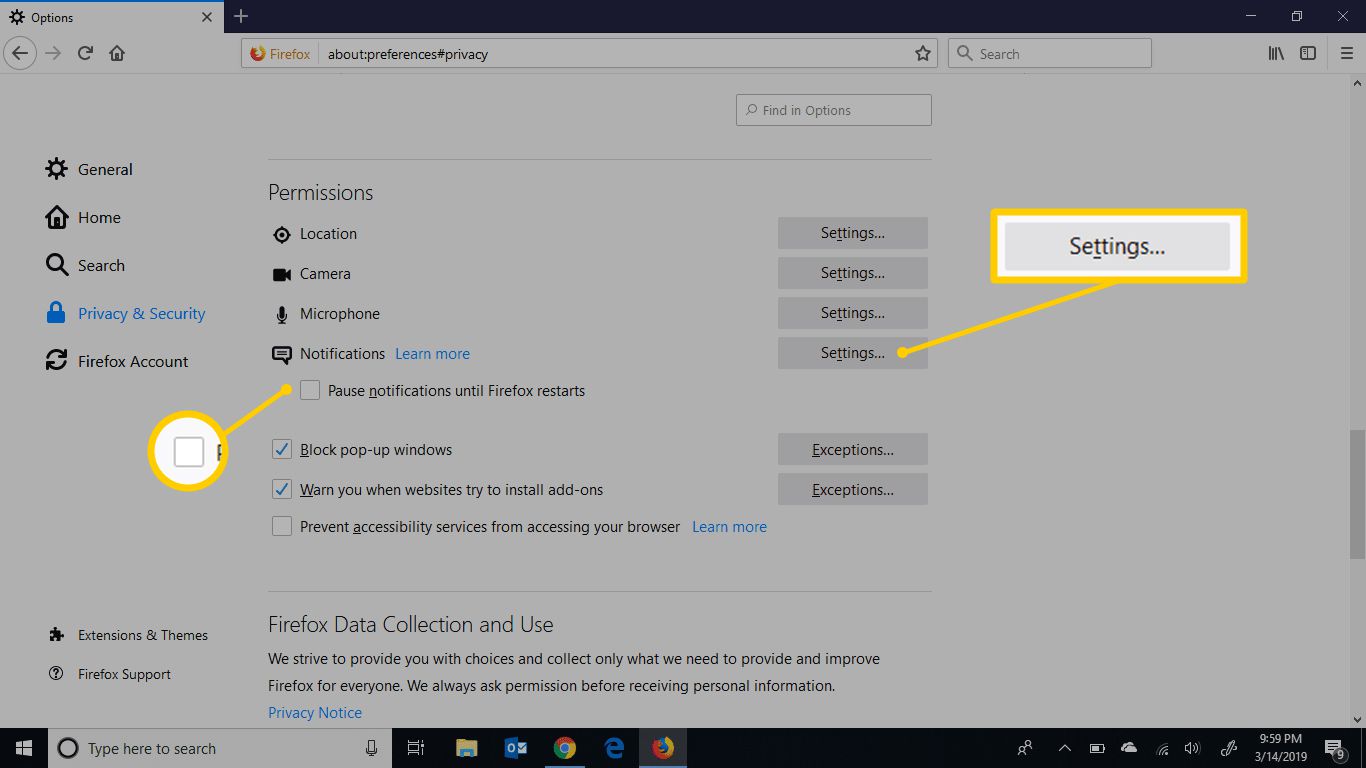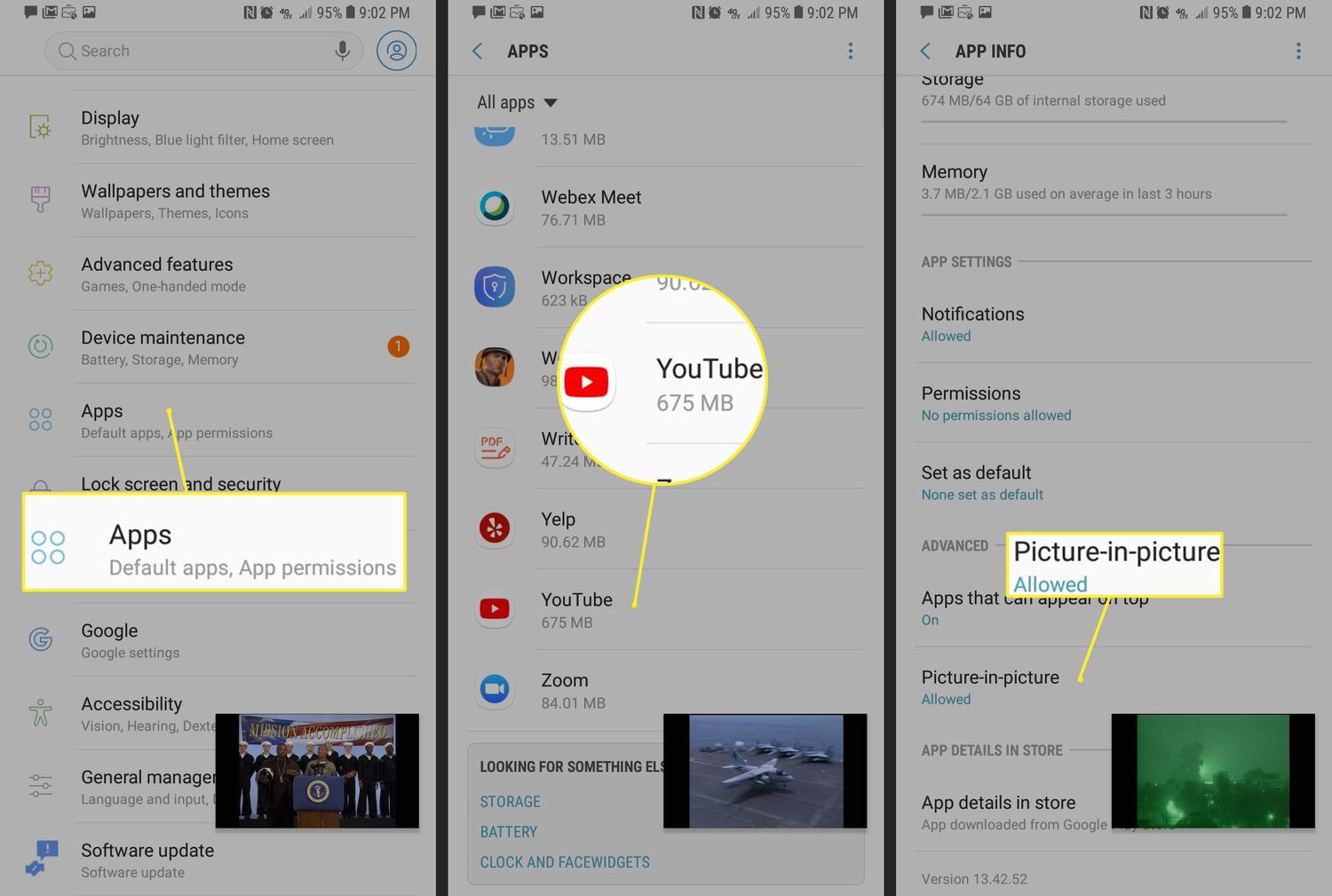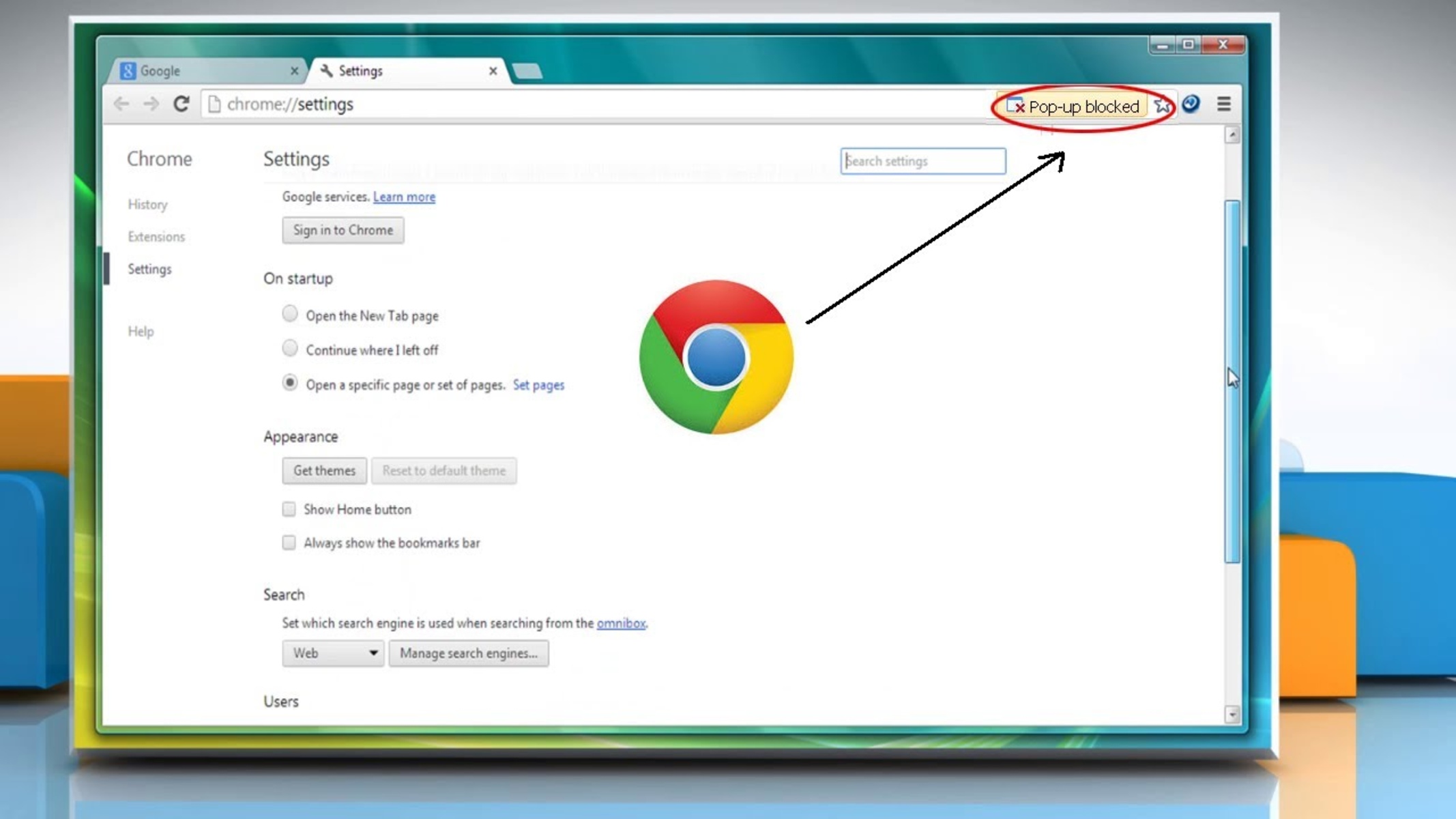Introduction
Firefox, one of the most popular web browsers, is known for its user-friendly interface, robust security features, and regular updates that enhance performance and address potential vulnerabilities. While staying updated is crucial for a seamless browsing experience and improved security, some users may prefer to manage updates manually or disable update notifications for various reasons. Whether you're seeking to maintain a specific version of Firefox for compatibility reasons or simply wish to minimize interruptions, there are several methods to turn off update notifications in Firefox.
In this article, we'll explore three effective methods to disable Firefox update notifications. By following these step-by-step instructions, you can gain more control over the update process and tailor your browsing experience to suit your preferences. Whether you're a tech-savvy user looking to customize your browser settings or a business professional seeking to streamline your organization's software management, these methods offer practical solutions to address your specific needs.
With a focus on empowering users to make informed decisions about their browser settings, this guide aims to provide clear and concise instructions for turning off Firefox update notifications. By understanding the options available and the potential implications of disabling update notifications, you can confidently navigate the process and optimize your browsing environment according to your unique requirements. Let's delve into the methods and explore how you can effectively manage Firefox update notifications to align with your preferences and priorities.
Method 1: Using about:config
Firefox provides a powerful configuration interface known as about:config, which allows users to modify advanced browser settings, including those related to update notifications. By leveraging this feature, you can gain granular control over Firefox's behavior and customize the update process according to your preferences.
To begin, type "about:config" in the Firefox address bar and press Enter. A warning message emphasizing the potential risks of modifying advanced settings will appear. Acknowledge the warning and proceed to the about:config page, where you'll encounter a vast array of configurable options.
Next, locate the search bar at the top of the about:config page and enter "app.update.auto" to filter the relevant preferences. You should see the "app.update.auto" preference listed, accompanied by a boolean value indicating whether automatic updates are enabled. By default, this preference is set to true, signifying that Firefox will automatically check for updates.
To disable automatic update checks and notifications, double-click on the "app.update.auto" preference. This action will toggle the boolean value to false, effectively instructing Firefox to refrain from automatically checking for updates. As a result, you will no longer receive update notifications, providing you with greater autonomy over the update process.
In addition to disabling automatic update checks, you can further customize the update behavior by modifying other related preferences within about:config. For instance, the "app.update.enabled" preference controls whether the update feature is enabled, while "app.update.silent" determines whether updates are installed silently without user intervention.
It's important to exercise caution when making changes in about:config, as modifying certain preferences can impact the stability and security of the browser. Therefore, it's advisable to only adjust settings that you fully understand and to proceed with care.
By utilizing the about:config interface, you can effectively disable Firefox update notifications and tailor the update process to align with your specific requirements. This method empowers users to take full control of their browser's update behavior, offering a flexible approach to managing Firefox updates according to individual preferences and needs.
Method 2: Using Group Policy Editor (Windows)
For Windows users, leveraging the Group Policy Editor provides a convenient and centralized approach to managing Firefox update notifications across multiple devices within an organization. The Group Policy Editor, available in Windows Pro, Enterprise, and Education editions, enables administrators to enforce specific policies and configurations, ensuring consistent settings and behavior across a network of computers.
To initiate the process, open the Group Policy Editor by pressing the Windows key + R to launch the Run dialog, then type "gpedit.msc" and press Enter. This action will open the Group Policy Editor interface, where you can navigate to the relevant policy settings for Firefox.
Once inside the Group Policy Editor, expand the "Computer Configuration" section and locate the "Administrative Templates" folder. Within this folder, navigate to "Mozilla" > "Firefox" to access the available policy settings for Firefox.
Next, look for the "Disable Firefox Updates" policy setting, which allows you to prevent Firefox from checking for updates and displaying update notifications. Double-click on this policy to modify its configuration.
Upon opening the policy setting, select the "Enabled" option to activate the policy. By enabling this setting, you effectively disable Firefox update notifications, providing a streamlined and controlled update experience for all users on the network.
After enabling the "Disable Firefox Updates" policy, click "Apply" and then "OK" to save the changes. It's important to note that this policy setting applies to all users and devices within the network, ensuring consistent update notification management across the organization.
By utilizing the Group Policy Editor in Windows, administrators can efficiently disable Firefox update notifications on multiple devices, simplifying the update management process and minimizing potential disruptions caused by update prompts. This centralized approach offers a practical solution for organizations seeking to maintain a standardized Firefox configuration while aligning with specific operational requirements and preferences.
In summary, the Group Policy Editor in Windows provides a robust mechanism for controlling Firefox update notifications at the network level, offering administrators the flexibility to enforce consistent update management policies and optimize the browsing experience for users across the organization.
Method 3: Using Firefox Preferences
Firefox Preferences offer a user-friendly and intuitive method for customizing various browser settings, including those related to update notifications. By leveraging the Preferences interface, users can conveniently manage Firefox update behavior to align with their specific preferences and operational requirements.
To initiate the process, open Firefox and click on the three horizontal lines in the upper-right corner to access the main menu. From the menu, select "Options" to navigate to the Preferences interface, where you can explore and modify a wide range of browser settings.
Within the Preferences interface, click on the "General" tab located on the left-hand side to access general browser settings. Here, you will find the "Firefox Updates" section, which provides options for customizing update notifications and the update process.
To disable update notifications and automatic update checks, locate the "Firefox Updates" section and uncheck the box next to "Check for updates." By deselecting this option, you effectively instruct Firefox to refrain from automatically checking for updates, thereby disabling update notifications and providing you with greater control over the update process.
In addition to disabling automatic update checks, you can further customize the update behavior by selecting the "Show a notification" dropdown menu and choosing the "Never check for updates" option. This action ensures that update notifications are completely disabled, allowing you to manage updates manually according to your preferences.
Furthermore, within the Preferences interface, you can explore advanced update settings by clicking on the "Firefox Updates" link located at the bottom of the page. This will direct you to the "about:preferences#general" page, where you can access additional options for managing update behavior, including the ability to install updates automatically or check for updates but let you choose to install them.
By utilizing Firefox Preferences, users can conveniently tailor the update behavior to suit their specific needs, whether it involves disabling update notifications entirely or customizing the update process to align with individual preferences and operational considerations. This method offers a user-centric approach to managing Firefox update notifications, empowering users to optimize their browsing experience according to their unique requirements.
In summary, leveraging Firefox Preferences provides a straightforward and accessible means of disabling update notifications and customizing the update process within the browser. By navigating the Preferences interface and adjusting the relevant settings, users can effectively manage Firefox update behavior to ensure a personalized and controlled update experience.
Conclusion
In conclusion, managing Firefox update notifications is a pivotal aspect of customizing the browsing experience to align with individual preferences and operational requirements. By exploring the three methods outlined in this guide, users can gain valuable insights into the diverse approaches available for disabling update notifications and tailoring the update process according to their specific needs.
The utilization of about:config provides a granular and advanced method for disabling Firefox update notifications, offering users the flexibility to modify critical browser settings and exercise precise control over the update behavior. This method empowers tech-savvy individuals to delve into the intricacies of Firefox's configuration and customize update settings with a high degree of specificity.
For Windows users in organizational settings, the Group Policy Editor presents a centralized and efficient approach to managing Firefox update notifications across multiple devices. By leveraging this tool, administrators can enforce consistent update management policies, ensuring a standardized browsing experience while minimizing potential disruptions caused by update prompts.
Furthermore, Firefox Preferences offer a user-friendly and accessible method for customizing update behavior, allowing users to conveniently disable update notifications and tailor the update process to suit their unique requirements. This approach prioritizes user autonomy and provides a seamless means of managing update notifications within the familiar and intuitive Preferences interface.
By understanding and implementing these methods, users can effectively navigate the process of turning off Firefox update notifications, thereby gaining greater control over the update process and minimizing interruptions during browsing sessions. Whether it involves maintaining a specific browser version for compatibility reasons or streamlining update management within an organization, these methods offer practical solutions to address diverse needs and preferences.
Ultimately, the ability to disable update notifications in Firefox empowers users to personalize their browsing experience, optimize browser settings, and align the update process with their specific operational considerations. By leveraging the insights and instructions provided in this guide, users can confidently manage Firefox update notifications according to their unique preferences, thereby enhancing their browsing environment and streamlining the update management process.

























